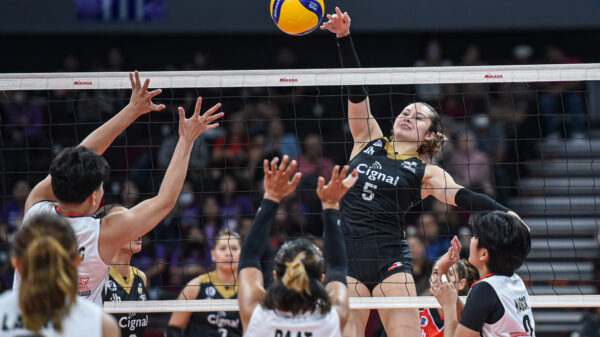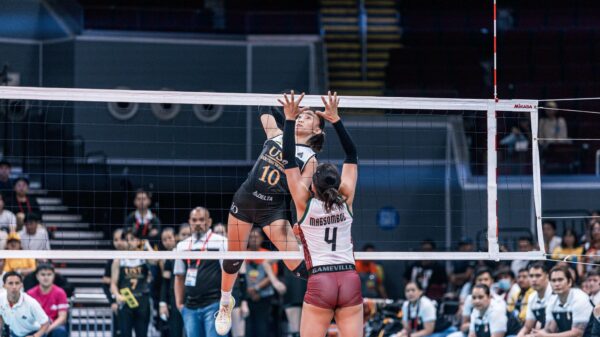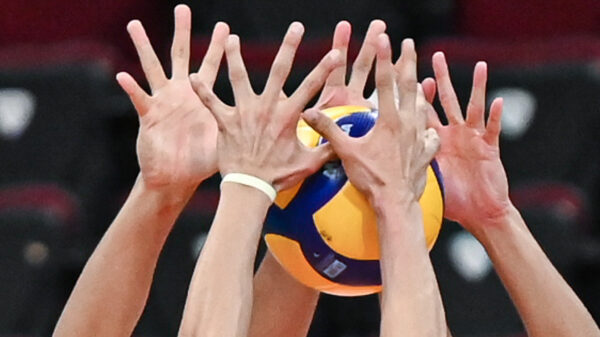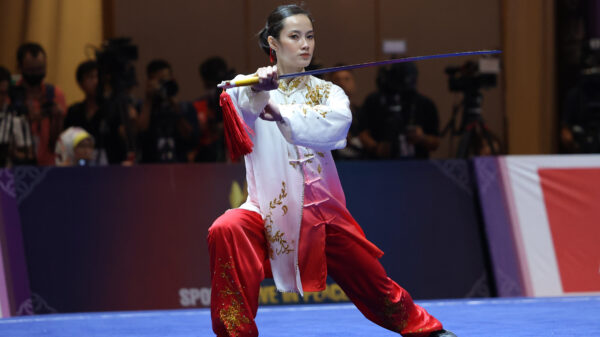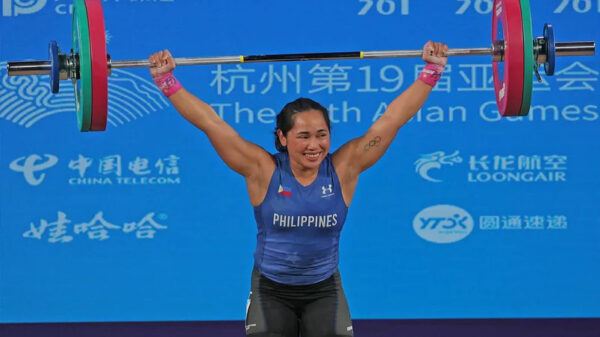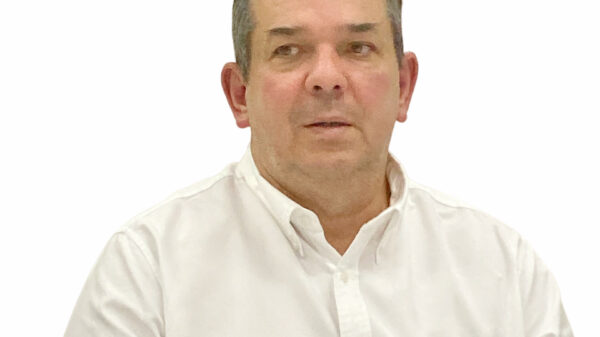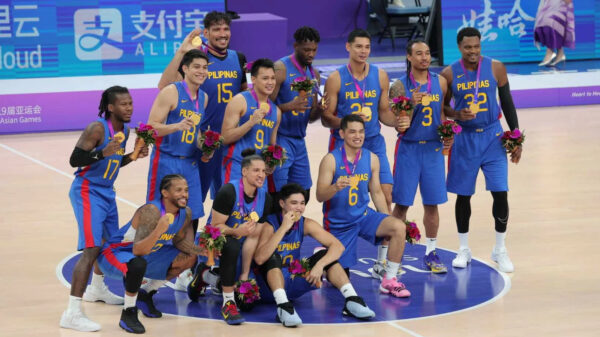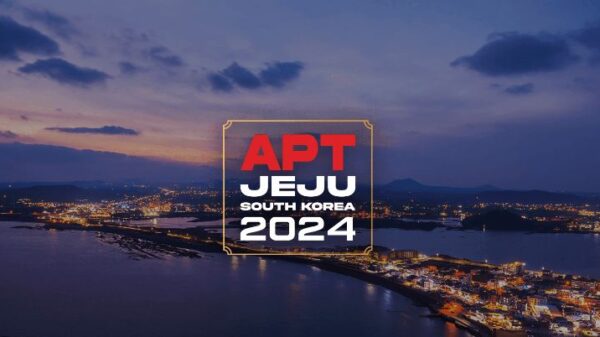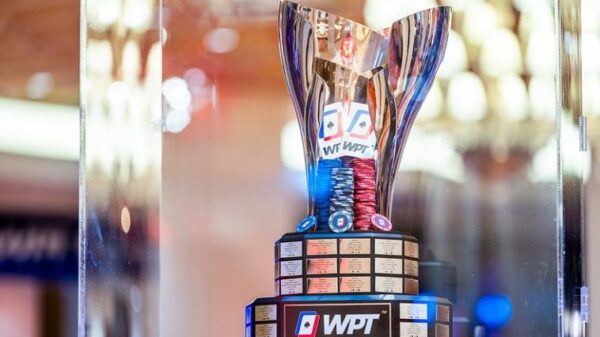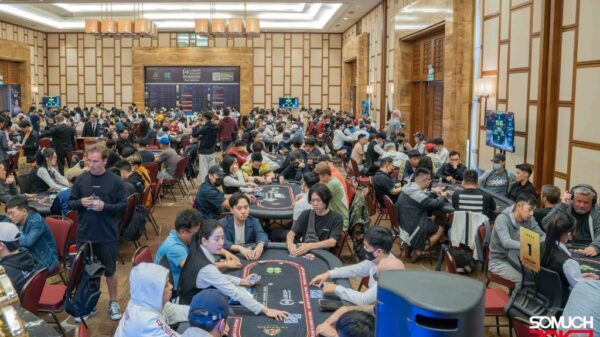A lot has changed since the last time the Philippines hosted the World Cup in 1978.
Back then, participating teams were only 14 and the open basketball policy had yet to be implemented, which means that the world basketball event, although considered as global, had yet to reach the magnitude of the International Basketball Association-sanctioned events over the last three decades.
Before, in the international competitions, National Basketball Association players were still prohibited from joining FIBA events, so imagine how humongous it was for a host nation when it started seeing “The Dream Team” in the flesh and performing in front of the fans during the 1992 Olympics.
This year’s World Cup is projected as the biggest basketball show on earth as this will be the first time the event will be hosted by three nations — Japan, Indonesia and the Philippines — and the Filipinos will take the more active role in staging this event, taking the cue from the acronym of the three host squads.
A total of 20 games each will be held in Japan and Indonesia while 40 games will be in store in the Philippines, including the final phase of the tournament, which will all be played at the Philippine Arena in Bocaue, Bulacan.
One can imagine a Ginebra-like atmosphere at the Philippine Arena when the PBA’s most popular team packed the playing field with a record of 54,086 and that even makes Ginebra coach Tim Cone to be more excited seeing a crowd that could surpass such turnout.
It’s true, hosting a World Cup would cost a lot and we’re speaking here of billions of pesos.
Participating teams are more than twice as bigger. Games had evolved and players had become more of a commodity, so imagine the worth of a World Cup event that has the best players in the world.
And we haven’t mentioned our very own Gilas Pilipinas yet as the Philippines will once again bring NBA star Jordan Clarkson, 7-foot-3 National Basketball League player Kai Sotto, Japan B. League stars like Dwight Ramos, Kiefer and Thirdy Ravena and Ray Parks and our Philippine Basketball Association cagers headed by June Mar Fajardo, Japeth Aguilar, and Scottie Thompson.
In 2014, when Spain hosted the event held in four cities, the estimated direct economic impact was worth €131M or equivalent to P7.6 billion. The global media exposure was estimated at €314M or P18.2 billion.
Five years later in China, organizers were able to attract a total of 794,951 in attendance when the country hosted the event in key cities like Beijing, Shanghai, Nanjing, Wuhan, Guangzhou, Foshan, Dongguan and Shenzhen and participated by 32 teams.
The total economic impact as released by FIBA when the games were held in China were estimated at €307M or P17.8 billion.
We can imagine the support being thrown by our legislators as holding the World Cup will bring tremendous economic impact at a time when the Philippines is trying to get its feet back from the pinch we have experienced from the Covid-19 pandemic.
Senators Christopher Lawrence “Bong” Go and Sonny Angara had thrown in their full support as well as their colleagues Ronald “Bato” Dela Rosa, Joel Villanueva and Mark Villar.
The private sector, headed by SBP chairman emeritus, Manuel Pangilinan, will shoulder 60 percent of the expenses needed in staging the event, but will also bank for government’s support.
Hosting the World Cup may be costly, but we expect the returns to be in three folds, which will certainly boost our economy.
Just like in the past, when we brought in the FIBA Asia Championship and the Olympic Qualifying Tournament, Pangilinan is confident they can make it happen.
As a basketball nation, we can make it happen, as sports is probably the only unifying factor for the entire country when there’s no political color that matters.
Para sa bayan, let’s all make it happen.



